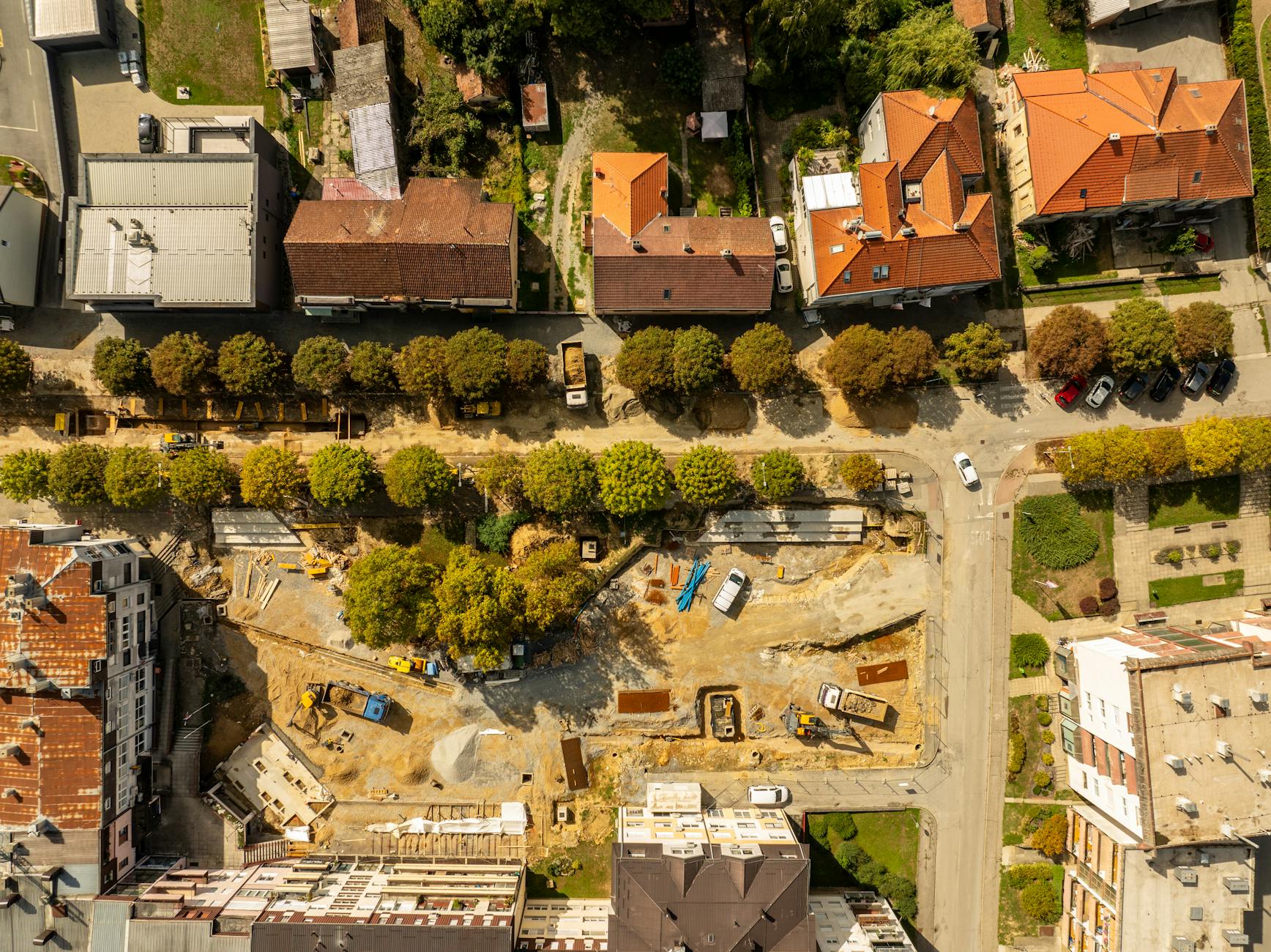Exploring Affordable Housing Development: Opportunities and Challenges
Exploring affordable housing development: opportunities and challenges
Affordable housing development has become a critical topic in urban planning and social policy due to growing populations and increasing housing costs worldwide. As cities continue to expand, the demand for housing that meets the financial means of low- and middle-income families intensifies. This article delves into the key opportunities and challenges faced in creating affordable housing, examining factors such as financing mechanisms, policy frameworks, construction innovations, and community engagement. Understanding these elements is essential not only for government bodies and developers but also for advocates and residents seeking sustainable solutions to housing shortages. By exploring the multifaceted nature of affordable housing development, we can identify practical pathways to improve access to safe, decent, and reasonably priced homes for all.
Understanding the demand for affordable housing
The need for affordable housing is driven by demographic shifts, economic inequality, and rising urban living costs. Many households allocate over 30% of their income to housing, which can lead to financial instability. Low-income workers, seniors, and young families are especially vulnerable to housing insecurity. Accurate demand assessment is the foundation for effective development plans. This involves analyzing income levels, population growth, and migration patterns.
Governments and organizations rely on tools like housing affordability indices and gap analyses to determine how many units are required and where they should be located. These insights guide resource allocation and policy development aimed at reducing the housing deficit.
Financing models and policy support
One of the biggest challenges in affordable housing development remains funding. Traditional development relies heavily on private investment, which often prioritizes profitability over affordability. To bridge this gap, a variety of financing models have emerged:
- Public subsidies: Direct grants or tax credits to incentivize developers.
- Low-interest loans: Affordable financing options to reduce construction costs.
- Inclusionary zoning: Policies requiring developers to allocate a percentage of units as affordable.
- Public-private partnerships: Collaborative efforts leveraging resources and expertise.
Effective policy frameworks are essential to encourage investment and ensure that developments align with social goals. However, complex regulations and bureaucratic delays can hinder progress. Streamlining approval processes while maintaining quality standards is necessary to accelerate housing delivery.
Innovative construction techniques and sustainability
Construction costs are a major barrier to affordable housing. Innovative building methods, such as modular construction, prefabrication, and use of alternative materials, offer promising solutions by reducing time and labor costs. These techniques also contribute to environmental sustainability through lower waste generation and energy-efficient designs.
Incorporating green technologies not only benefits the environment but also reduces utility costs for residents, further enhancing affordability. However, integrating these innovations requires upfront investment and skilled labor, which can be challenging in certain regions.
Community engagement and social integration
Successful affordable housing projects prioritize the needs and voices of the communities they serve. Engaging residents early in the planning process helps align developments with local cultures, lifestyles, and economic opportunities. This participation fosters a sense of ownership, reduces stigma, and encourages long-term community stability.
Moreover, inclusive neighborhoods that mix affordable housing with market-rate units promote social integration and access to amenities like schools, transportation, and healthcare. Isolated affordable housing can lead to segregation and diminish opportunities for residents.
| Opportunity | Challenge |
|---|---|
| Public-private partnerships increase resources | Complex regulatory environments delay projects |
| Innovative construction reduces costs and time | Upfront investment and skilled labor shortages |
| Community engagement fosters sustainable integration | Risk of social isolation if not well planned |
| Policy incentives drive affordability targets | Balancing profit motives with social goals |
Conclusion
Affordable housing development presents both significant opportunities and challenges that require coordinated efforts across multiple sectors. Understanding the demand informs targeted strategies that address the most pressing needs. Financial mechanisms such as subsidies, tax incentives, and partnerships are crucial to overcoming investment barriers. Advances in construction technology and sustainable design hold promise to reduce costs and improve living conditions. Equally important is involving communities in the planning process to ensure social inclusion and long-term success. By integrating these elements, policymakers and developers can create housing solutions that provide stability and dignity to underserved populations. Ultimately, addressing affordable housing is not just about building homes—it is about fostering resilient, equitable communities for future generations.
Image by: Vladimir Srajber
https://www.pexels.com/@vladimirsrajber
editor's pick
latest video
news via inbox
Nulla turp dis cursus. Integer liberos euismod pretium faucibua

